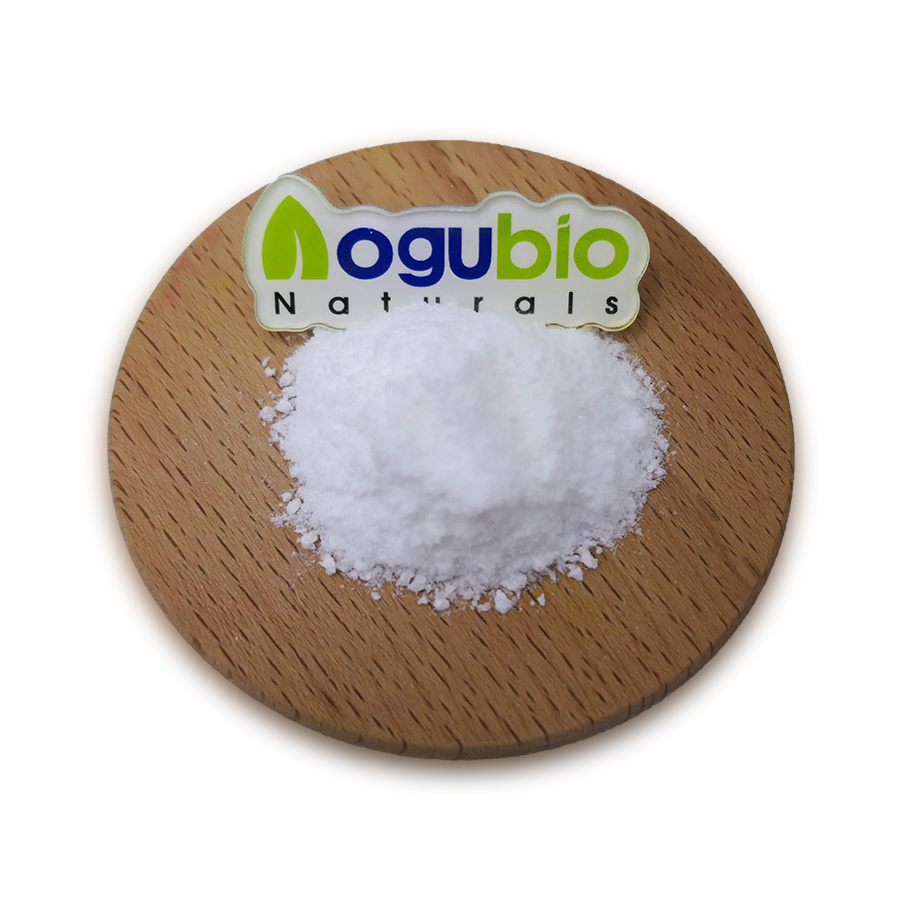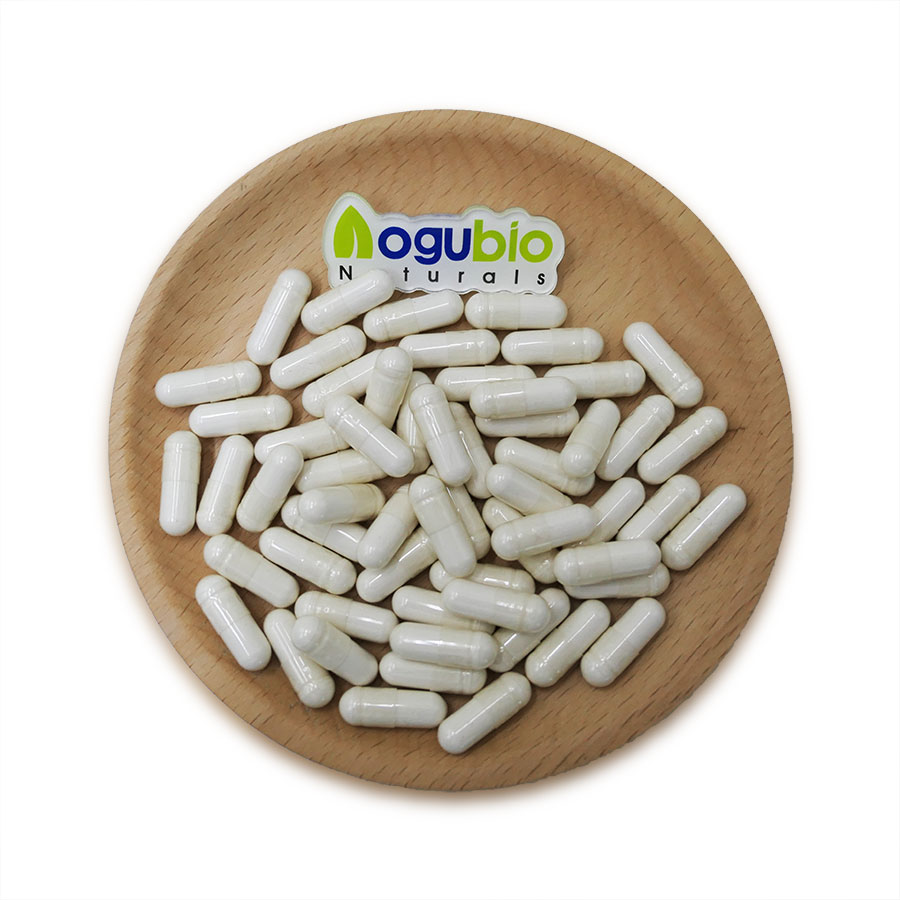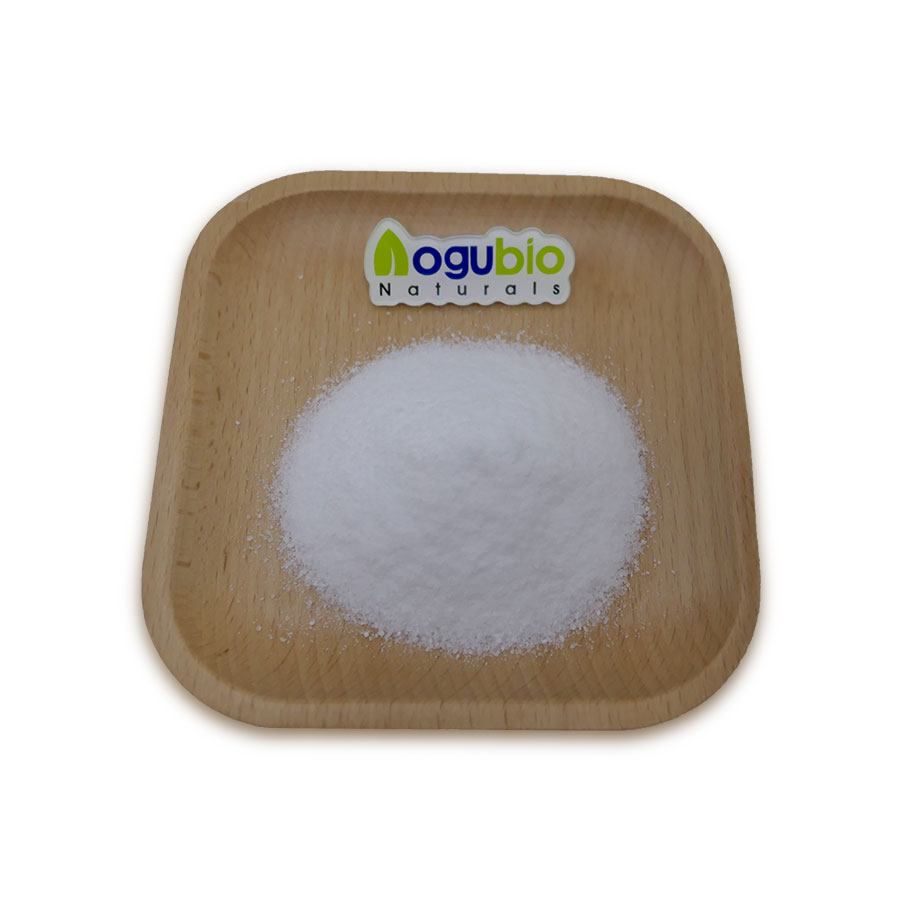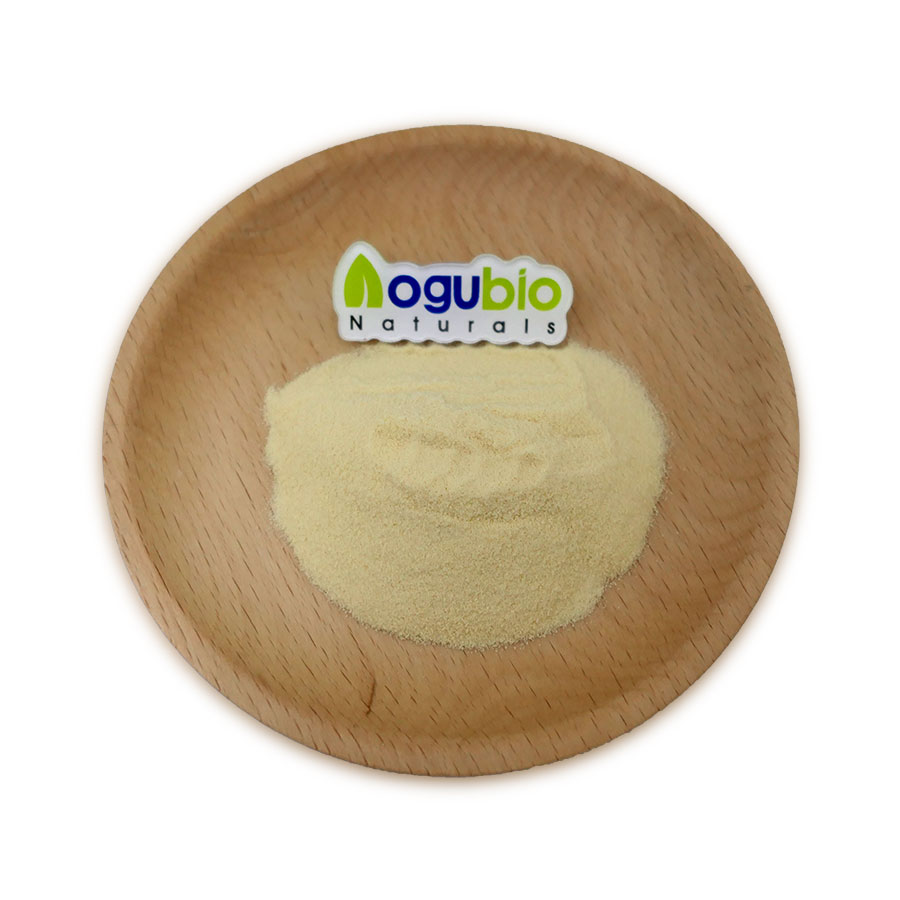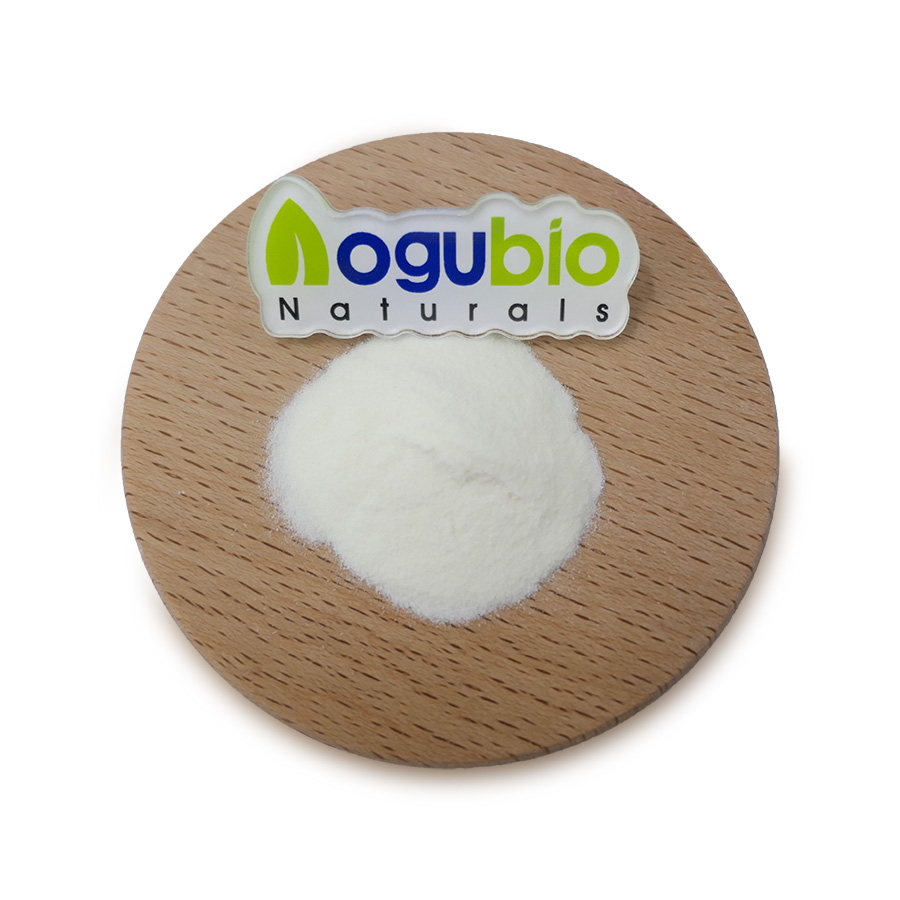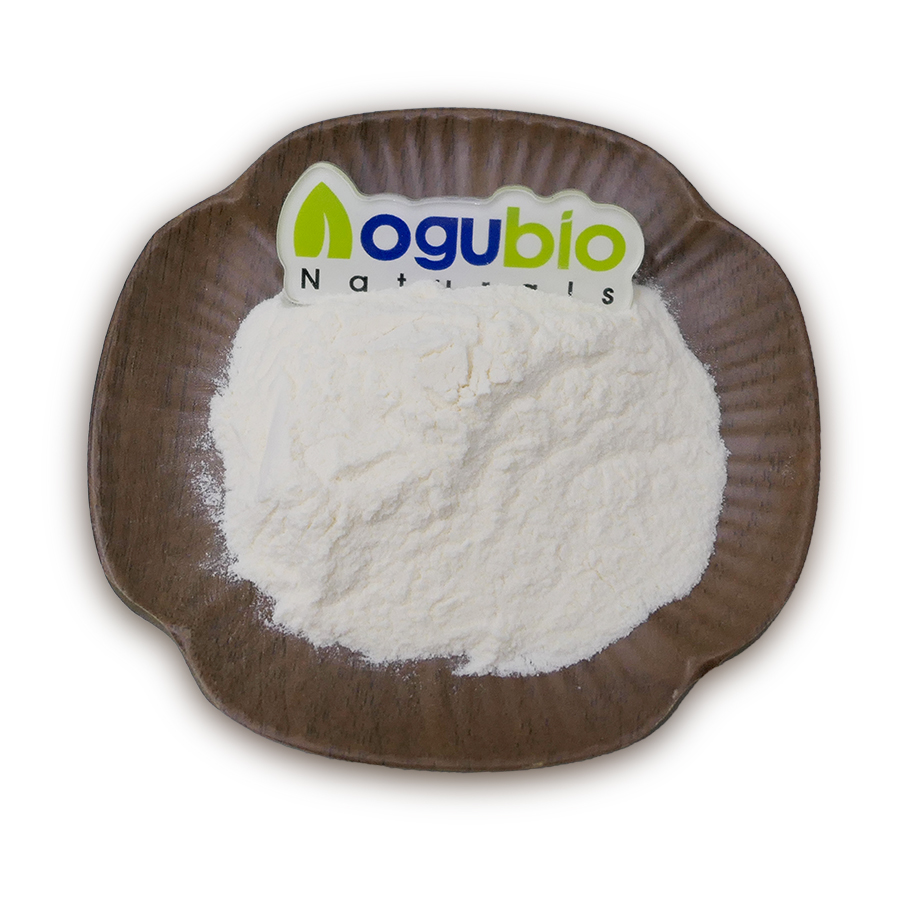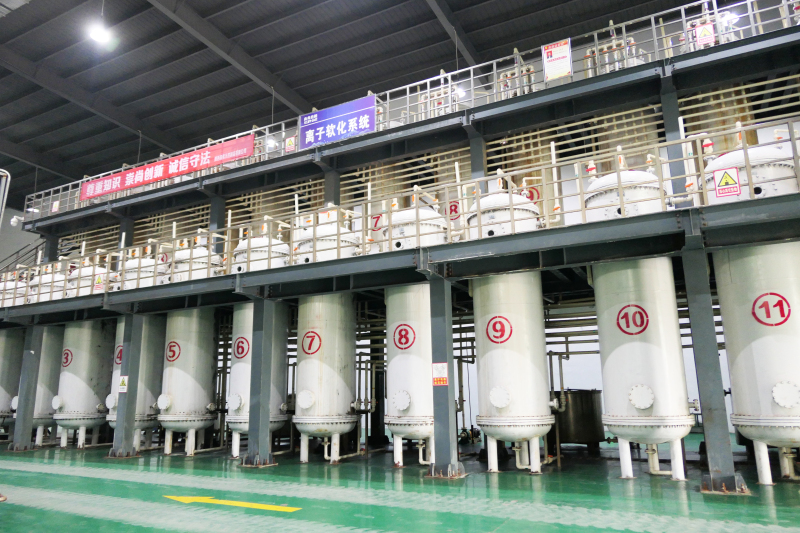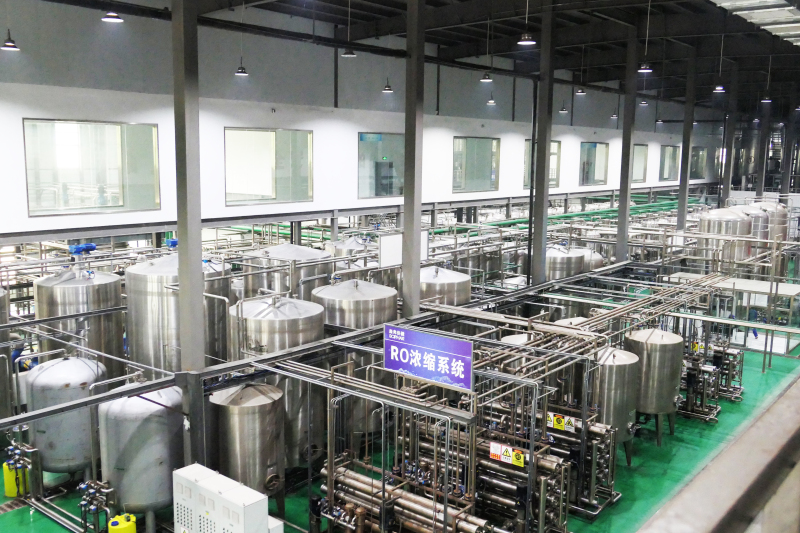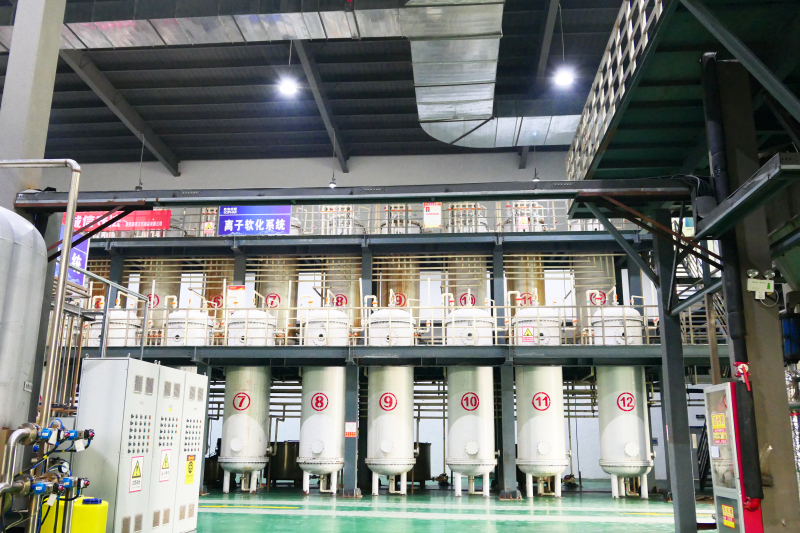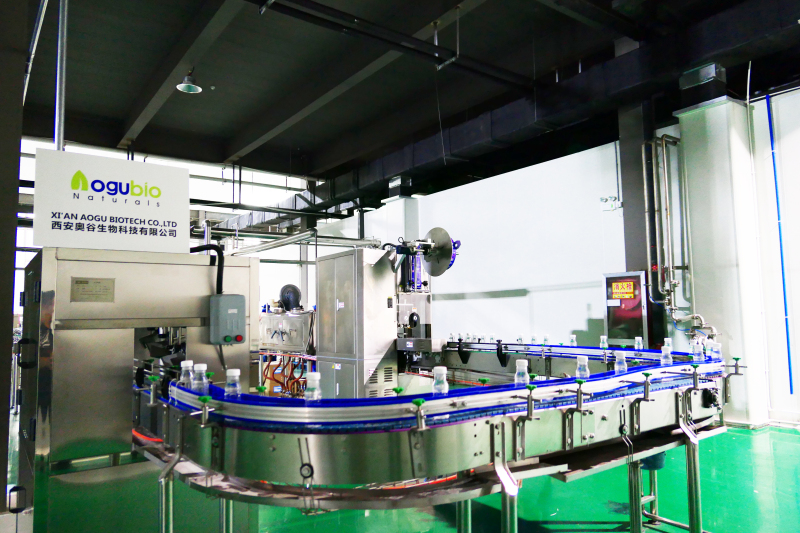Feed Grade Calcium Propionate
roduct Description
Calcium propionate is the calcium salt of propionic acid. It is a preservative commonly used in baked goods around the world, where it extends their shelf life by inhibiting the growth of spoilage microorganisms, namely mold and ropy bacteria.
BASIC ANALYSIS
| Items | Standards |
| COLOR | WHITE POWDER OR GRANULAR |
| CONTENT | ≥99% |
| LOSS ON DRYING | ≤9.0% |
| PH 10% | 7-9 |
| ARSENIC | ≤0.0003% |
| HEAVY METAL(As Pb) | ≤0.001% |
| FLUORIN | ≤0.003% |
| WATER IN SOLUBLE | ≤0.30% |
| FE | ≤0.005% |
Application
Here are some factors that bakers and formulators must consider when using this ingredient:
- Calcium propionate is most active in the pH range below 5.5. Therefore, it is common to use acids to adjust the pH to optimize the activity. Moreover, salts of benzoic or sorbic acid are recommended for use in products with higher pH levels, such as in many chemically leavened sweet baked goods. In tortillas, calcium propionate and potassium sorbate are commonly used together, to achieve a broad spectrum of mold inhibition while maintaining product quality.
- Calcium propionate is the ideal preservative for bread and rolls because it has little effect on yeast and does not interfere with its fermentation. In some applications such as cakes, however, it may not be a good preservative option, as the high use level and its available calcium interfere with the chemical leavening.4 In contrast, sodium propionate will delay fermentation of yeast and is not recommended for use in breads or rolls, but it is preferred for the preservation of cakes.4
- Calcium propionate is effective at inhibiting growth of mold and ropy bacteria when its dose relative to the number of microbial cells present is adequate to block cell metabolism. If the baked good is produced in an environment without effective current good manufacturing practices (cGMP), the dose may not be effective in inhibiting microbial growth.
Function
Calcium propionate is commonly used as a preservative in yeast-raised baked products such as pre-packed and sliced bread, and in some chemically-leavened goods like tortillas. It is added during the dough phase and its optimal use level is mainly dependent on the formula and the desired shelf life of the finished product.
Gmo statement
We hereby declare that, to the best of our knowledge, this product was not produced from or with GMO plant material.
Ingredient statement
Statement Option #1: Pure Single Ingredient
This 100% single ingredient does not contain or use any additives, preservatives, carriers and/or processing aids in its manufacturing process.
Statement Option #2: Multiple Ingredients
Must include all/any additional sub ingredients contained in and/or used in its manufacturing process.
Gluten free statement
We hereby declare that, to the best of our knowledge, this product is gluten-free and was not manufactured with any ingredients containing gluten.
(Bse)/ (Tse) Statement
We hereby confirm that, to the best of our knowledge, this product is free of BSE/TSE.
Cruelty-free statement
We hereby declare that, to the best of our knowledge, this product has not been tested on animals.
Kosher statement
We hereby confirm that this product has been certified to Kosher standards.
Vegan Statement
We hereby confirm that this product has been certified to Vegan standards.
Food Allergen Information
| ALLERGENS | PRESENCE | ABSENCE | PROCESS COMMENT |
| Milk or milk derivatives | No | Yes | No |
| Egg or egg derivatives | No | Yes | No |
| Fish or fish derivatives | No | Yes | No |
| Shellfish, crustaceans, mollusks & their derivatives | No | Yes | No |
| Peanuts or peanut derivatives | No | Yes | No |
| Tree nuts or their derivatives | No | Yes | No |
| Soy or soy derivatives | No | Yes | No |
| Wheat or wheat derivatives | No | Yes | No |
Trans Fat
This product does not contain any trans fats.





